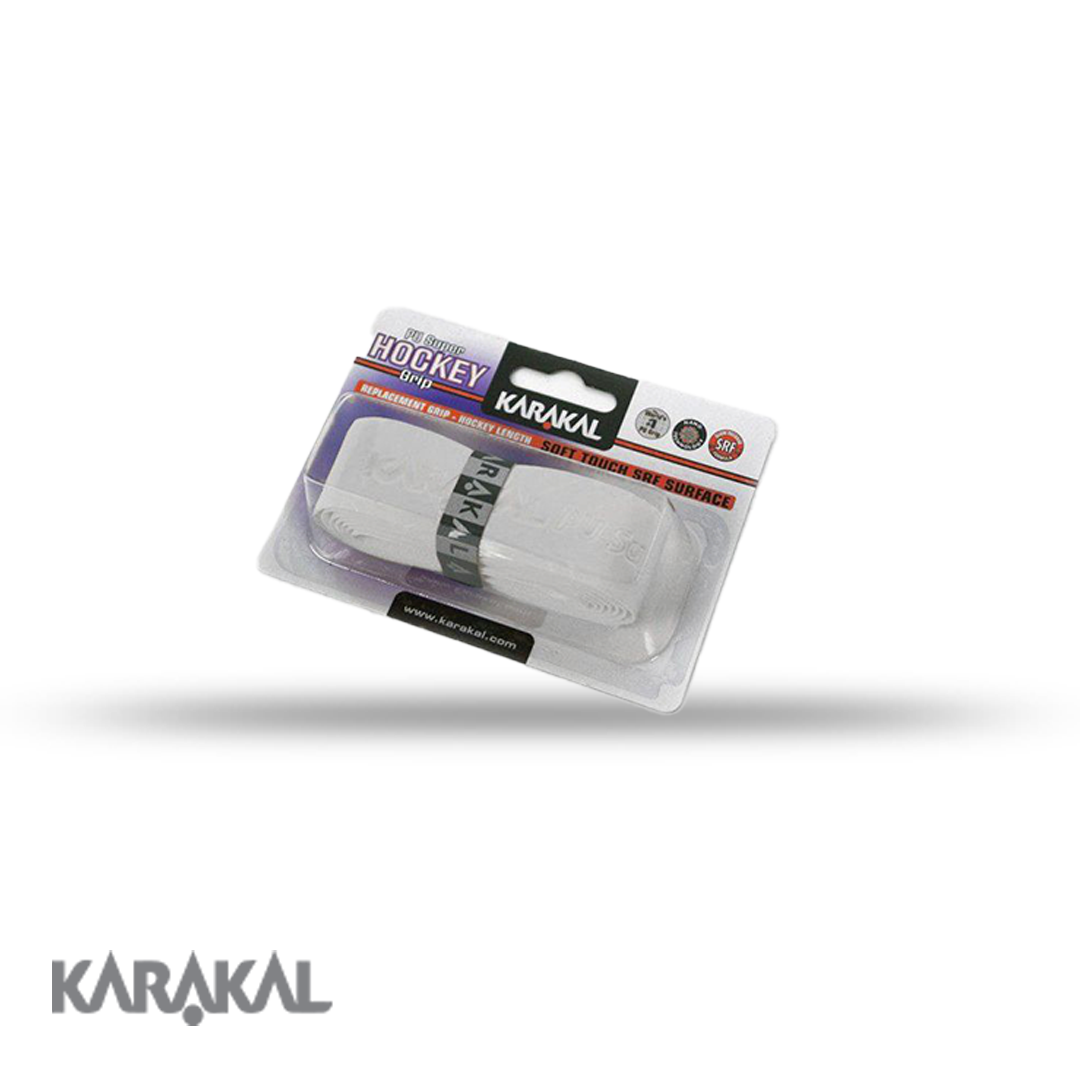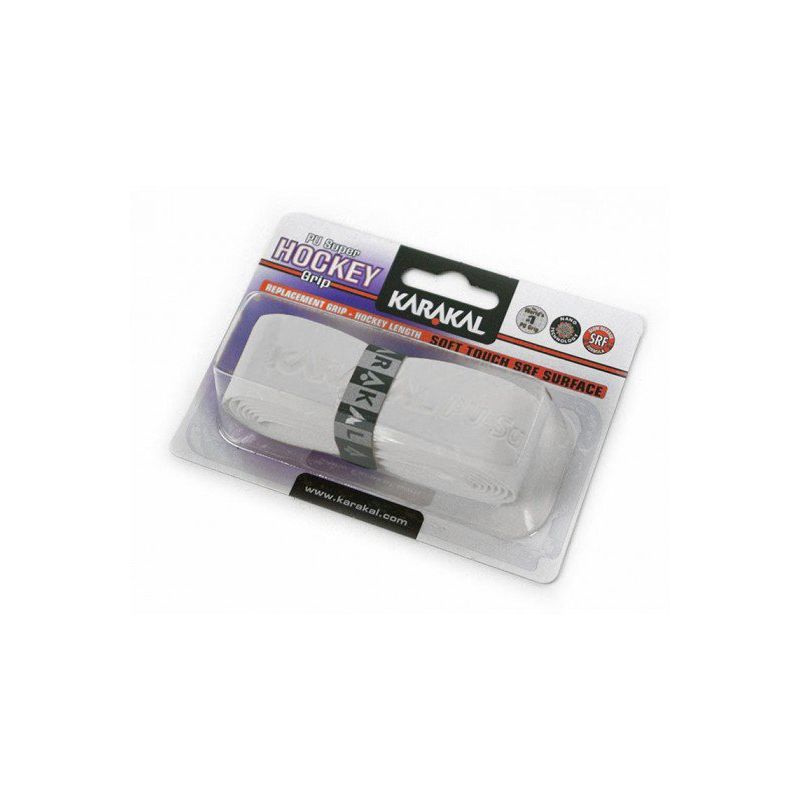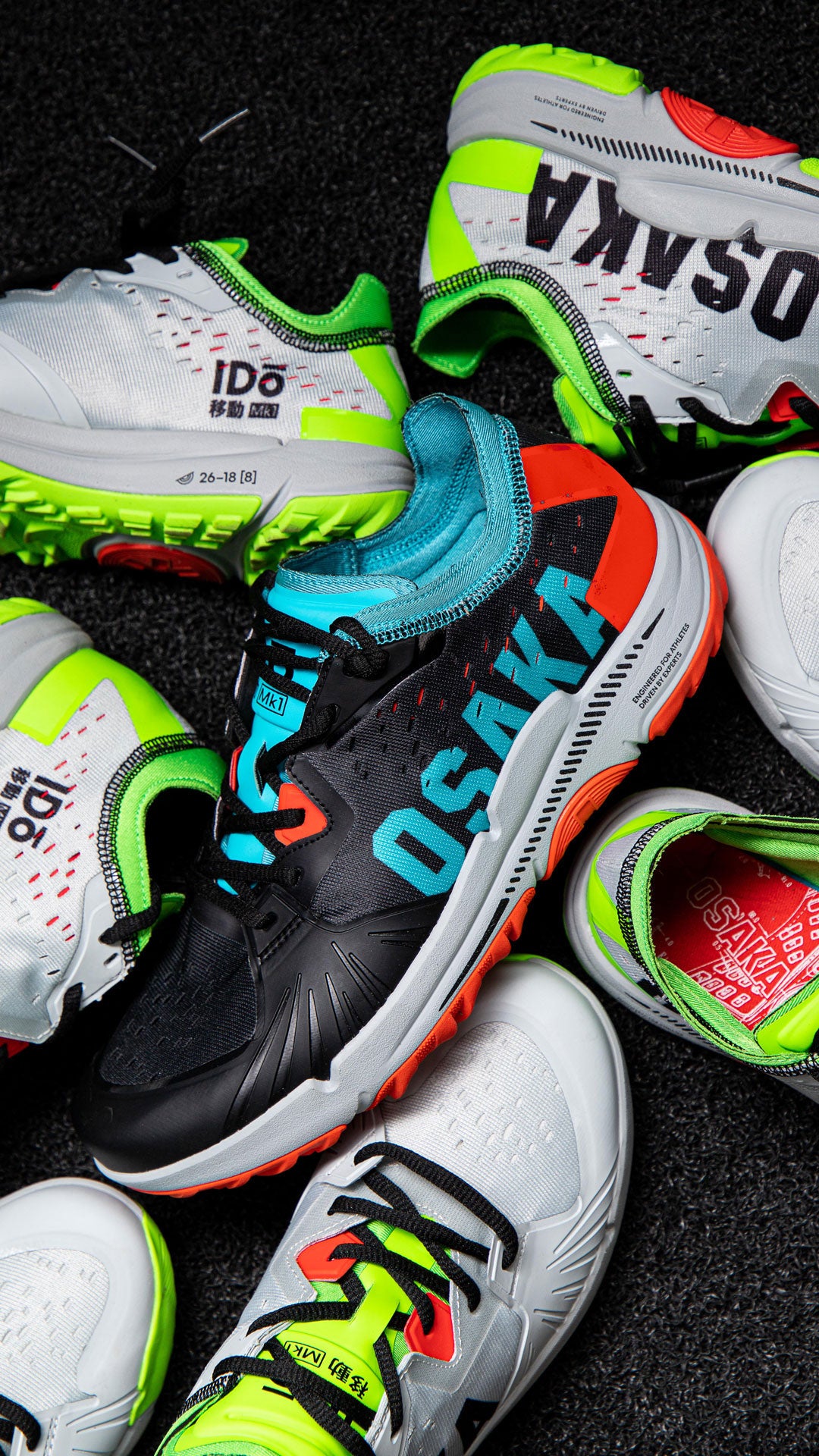
HOW DO I TAKE CARE OF MY SHOES FROM THE RAIN?
Most hockey shoes can withstand a little water, but after a while they become soggy. Therefore, take good care of your shoes after your training/competition. Step 1 is to immediately take your shoes out of your hockey bag!
Remove the insoles and lay them flat in the house to dry. Just at room temperature. For the shoes, take an old newspaper and stuff it into the shoes. Also allow to dry at room temperature. If your shoes are really soaked, you can regularly change the newspaper wads.
Another option is the fantastic Shoefresh. For only €110, you not only have dry and stink-free hockey shoes, but this device works for all sports shoes and boots for the entire family. Not only for shoes, use the shoefresh also for your shin guards, mask, glove, you can't really get that crazy.
By taking good care of your shoes, they will also be less likely to smell.
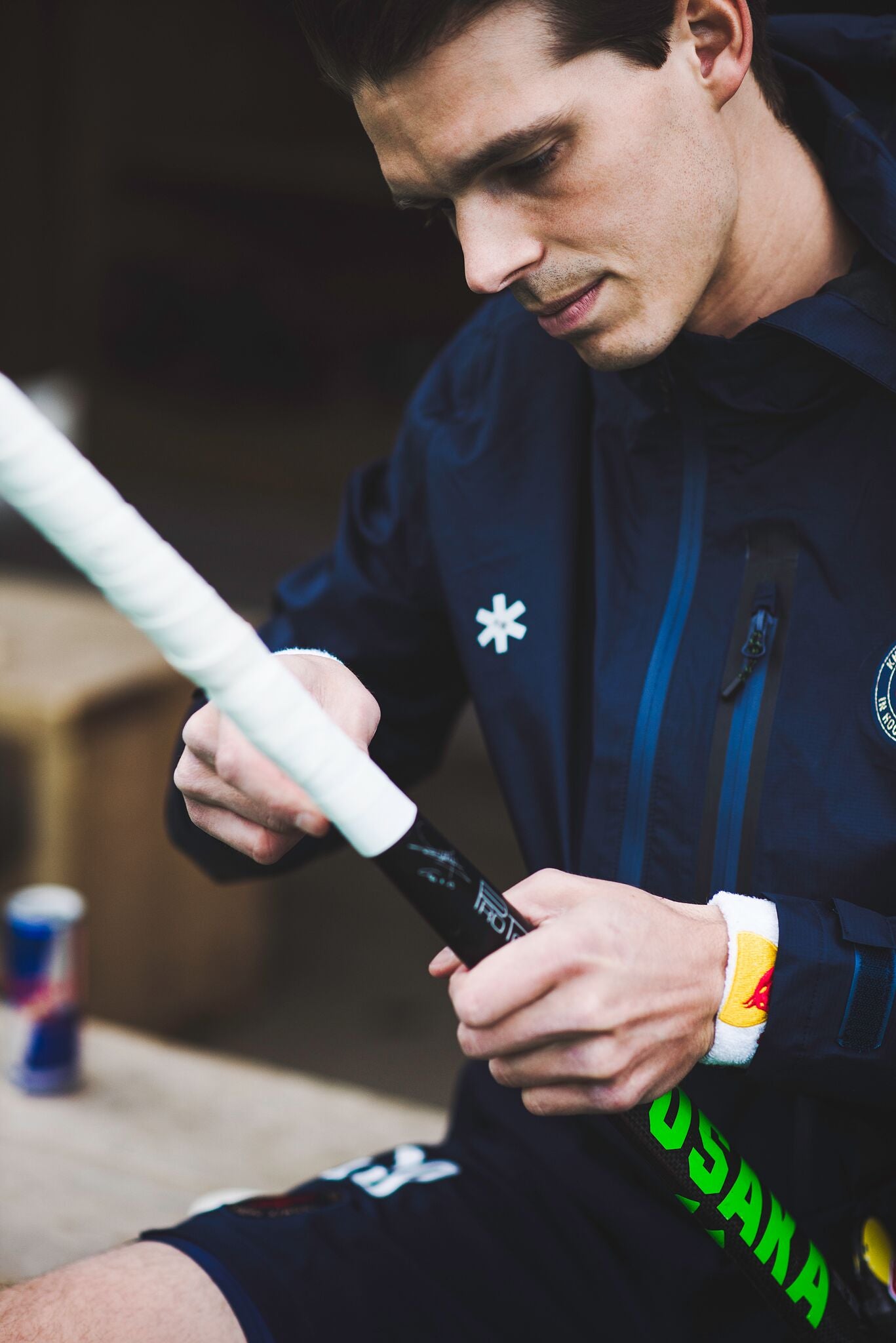
HOW DO I TAKE CARE OF MY HOCKEY STICK AGAINST THE RAIN?
Fortunately, your hockey stick can withstand rain well. However, your hockey grip has much more difficulty with it. After a while, your hockey grip will no longer be tight, will stink and will later come loose. How can you prevent this? Simple: Take your hockey stick out of your bag and let it dry at room temperature. It is never a bad idea to replace your hockey grip 2 to 4 times per season. This is to maintain the optimal grip on your hockey stick.
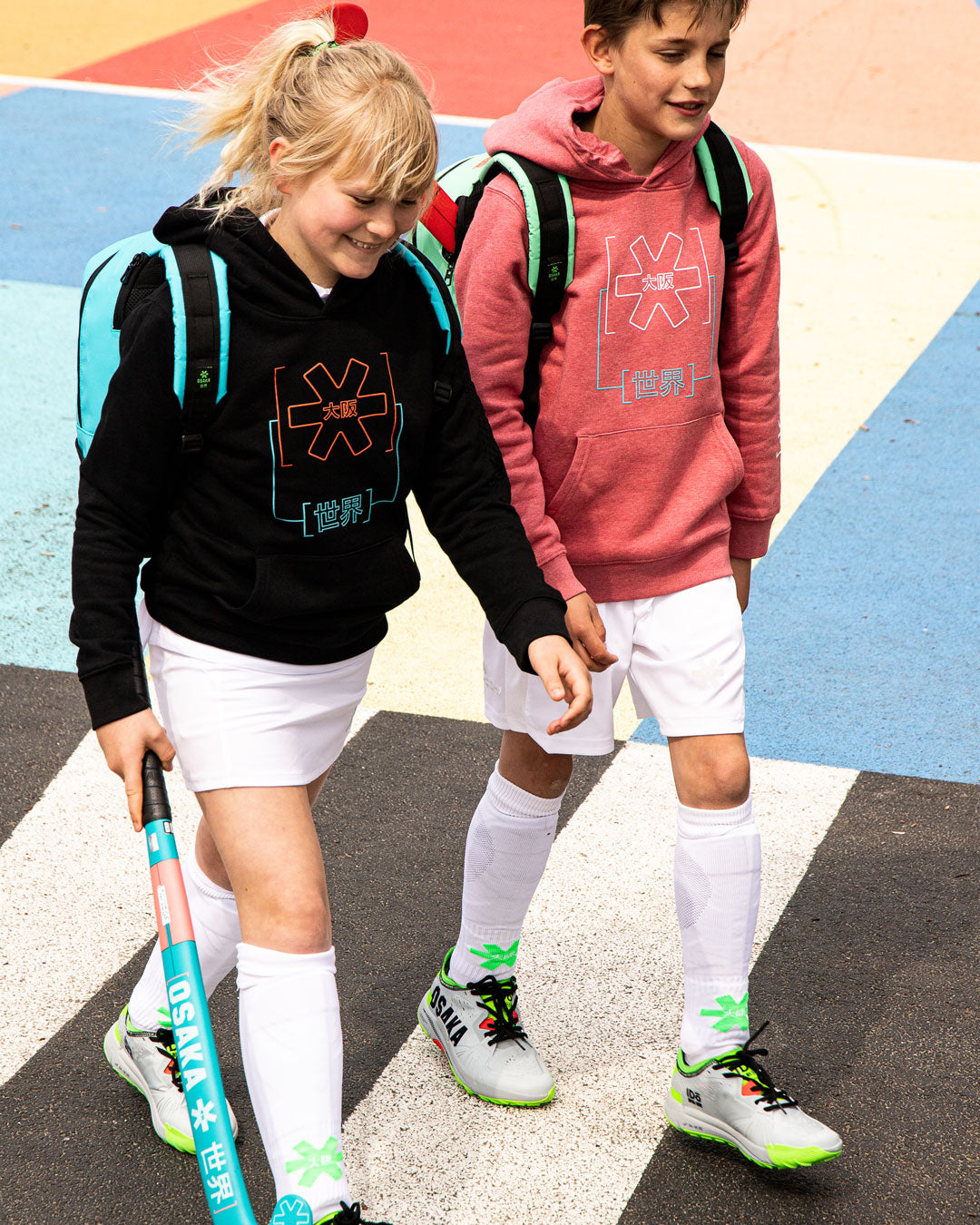
WHAT KIND OF CLOTHING DO I WEAR WHEN IT'S RAINING WHILE PLAYING HOCKEY?
In general, the term is often used: 'There is no such thing as bad weather, only bad clothing'. And that is of course true. If rain coincides with cold, it is best to go for 3 layers. A base layer – the bottom layer; you wear this closest to your skin. Consider a thermal shirt if it is cold. Midlayer – provides extra warmth above the base layer. Think of a T-shirt. And an outer layer – this protects you from the wind and rain. Think of softshell or Ripstop. Unlike normal raincoats, these jackets are specially designed for sports, they provide sufficient ventilation and wick sweat away from the skin to prevent you from overheating.
If it rains, wear long pants. It is best to wear long tights with your sports pants or skirt over them. Be sure to put on dry clothes again after training or competition! This is also the best way to prevent injuries.


